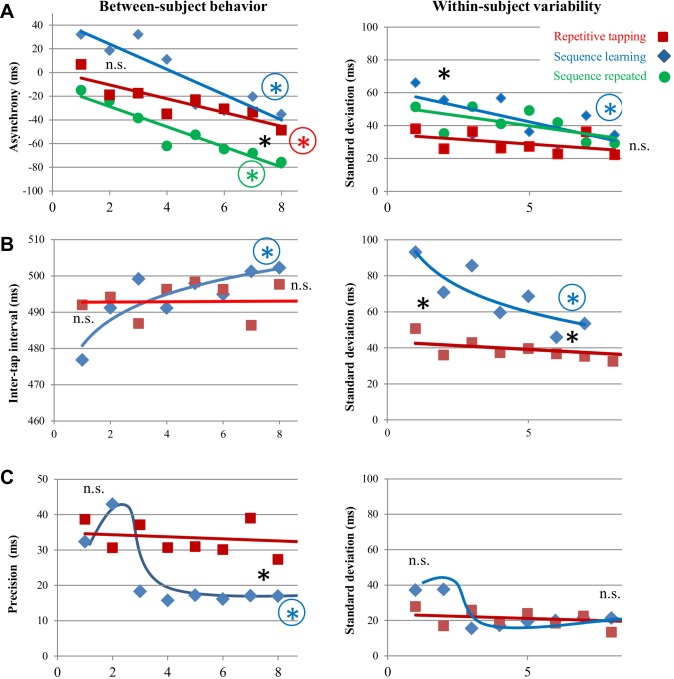Fig 3. Rehearsal effects on motor performance during sequence learning and repetitive tapping.
(A) Changes in stimulus-response asynchrony across rehearsals. Negative values for asynchrony represent anticipatory responses, which developed across rehearsals for all motor conditions; variability represents standard deviations for 4-note groupings among individuals. Colored encircled asterisks indicate a significant difference from the first to last pair of repetitions during a task; a plain black asterisk at the beginning or end of rehearsals indicates a significant difference between task conditions (p<0.05). (B) A change in intertap intervals was observed across rehearsals only in the sequence learning task, accompanied by a decrease in variability. (C) A change in precision was observed across rehearsals only in the sequence learning task.

